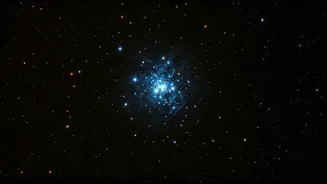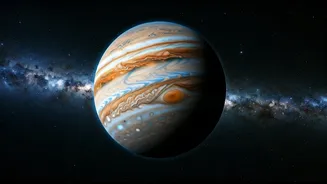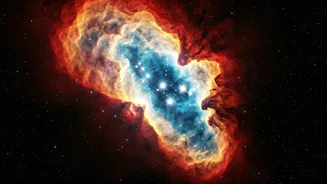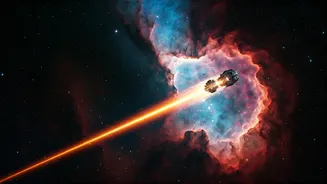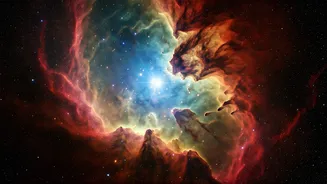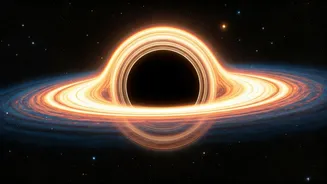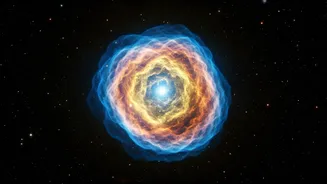Cluster Uncovered
The European Space Agency's Gaia mission, along with data from TESS, allowed astronomers to investigate the galactic open cluster known as NGC 2506. This
cluster is a group of stars that formed around the same time, and they are all gravitationally bound to each other. This makes the cluster an excellent laboratory for studying stellar evolution. With the help of these missions, the team of researchers was able to determine the age of the cluster, its distance from Earth, and how enriched the cluster is with heavier elements. The metallicity of NGC 2506 was determined to be approximately [Fe/H] ≈ –0.3. The age of the cluster was determined to be about 1.94 billion years. The distance from Earth was calculated to be about 10,400 light-years. The researchers used these findings to better understand how stars evolve and how they are distributed throughout the galaxy.
Binary Systems Analysis
A particularly fruitful approach to understanding NGC 2506 involved analyzing double-lined binary systems within the cluster. These are pairs of stars that orbit each other, and both stars' spectra are visible in the collected data. The precise measurements of these binary systems proved to be an effective way to constrain the parameters of the cluster. By observing these binary systems, the researchers could refine their estimations of the cluster's properties. This method provided independent checks on the previously determined values, increasing confidence in the accuracy of the findings. Detailed study of binary systems, therefore, underscored the power of this technique for unraveling the characteristics of stars residing within open clusters. This study provided valuable insights into the evolution of stars and the structure of the Milky Way galaxy. This methodology highlights the significance of binary star systems in refining our cosmic understanding.
